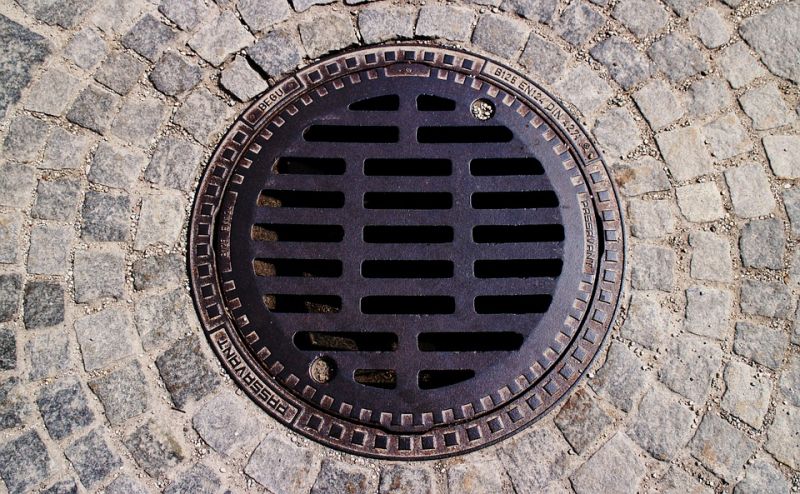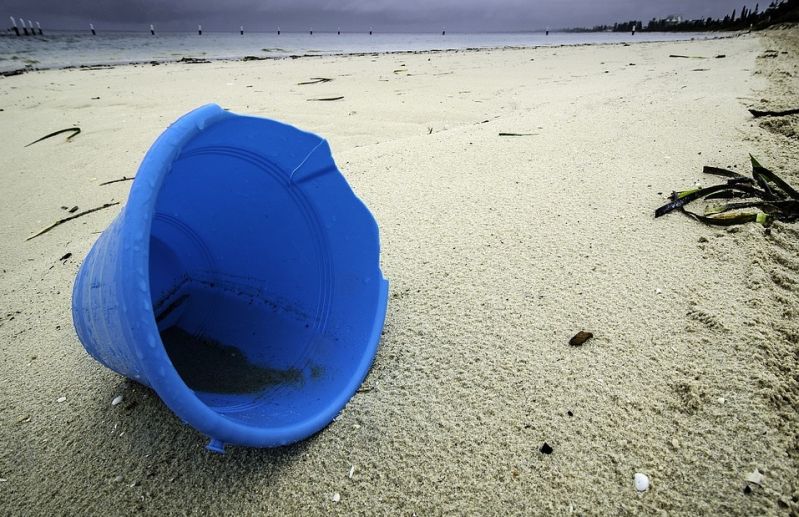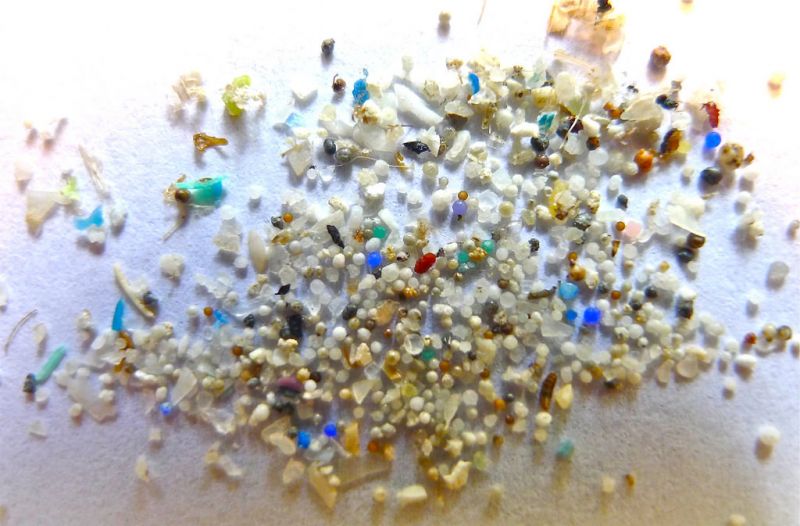High-tech Cleanup for Plastic Pollution in Rivers
Published on by Water Network Research, Official research team of The Water Network in Technology
The EU is exploring high-tech solutions to plastic pollution but some experts are skeptical . They say there are simpler and more effective ways to keep our waters plastic-free and they are available now.
There's an urgent need to clean up plastic pollution — and the European Union wants to test new high-tech solutions under its Horizon 2020 project.

Image: When rain washes bits of plastic into the sewer, some ends up in rivers and eventually the ocean
Plasma ovens and nanocoatings
One of the EU's pilot schemes involves coating plastics with light-activated nanoparticles that may be able to degrade common microplastic pollution.
Project engineers also want to pluck visible pieces out of the water at river mouths using robotic arms guided by optical scanners. And garbage-scouring barges could be powered by the plastic they collect after it's turned into synthetic gas by experimental super-hot plasma ovens.
At the same time, scientists intend to put instruments for measuring plastic pollution on ships that travel busy commercial routes. If they can figure out how the material moves and where it piles up, that data will be useful for developing a long-term strategy for people to clean up the mess they've made.

Image: Beach clean-ups are one way to tackle plastic waste but it would be better not to produce so much in the first place, say experts
The solutions being considered show how hard it is to clear such waste once it's in the environment. Most experts say the only long-term solution is keeping it out of rivers and oceans to begin with. But not everyone agrees that such high-tech initiatives are the solution.
Out of sight, out of mind
"For me, it seems like the wrong message," hydrogeologist Christian Schmidt from the Helmholtz Centre for Environmental Research (UFZ) told DW. "It's saying: You can keep polluting the rivers, someone else will take it out for you downstream, so you don't have to care."
"Rivers have always been used as trash cans. You dump stuff, and it magically flows away, out of sight," Schmidt added. "People have to be aware that it goes somewhere; that it ends up in the ocean,"
In a recent study, Schmidt calculated that just 10 of the world's rivers (eight in Asia and two in Africa) may contribute about 90 percent of all the plastic pollution that enters the oceans each year.
The targeted use of river-cleaning technology could help in the short term in those places, Schmidt acknowledged — but the real answer would be to reduce plastic use and ensure good fundamental waste management at every step, including a functioning collection and recycling system, as well as adequate filtration at water treatment plants.
The microplastic problem also illustrates the limitations of a "clean it up later" approach. Yes, it would be possible to install even-better filtration systems; but Schmidt warns of potential unwanted consequences.
Along with the microplastic, they would filter out organic compounds that are required to replenish ecosystems downstream.

Image: Plastic microbeads are now turning up in products such as peeling face and shower gels. These tiny bits of plastic can end up in the food chain
Source: DW
Media
Taxonomy
- Pollutants
- Water Pollution
- Technology
- Water Pollution Control
- Polymers & Plastics
- Pollution
- plastic pollution
- plastic debris
- microplastics